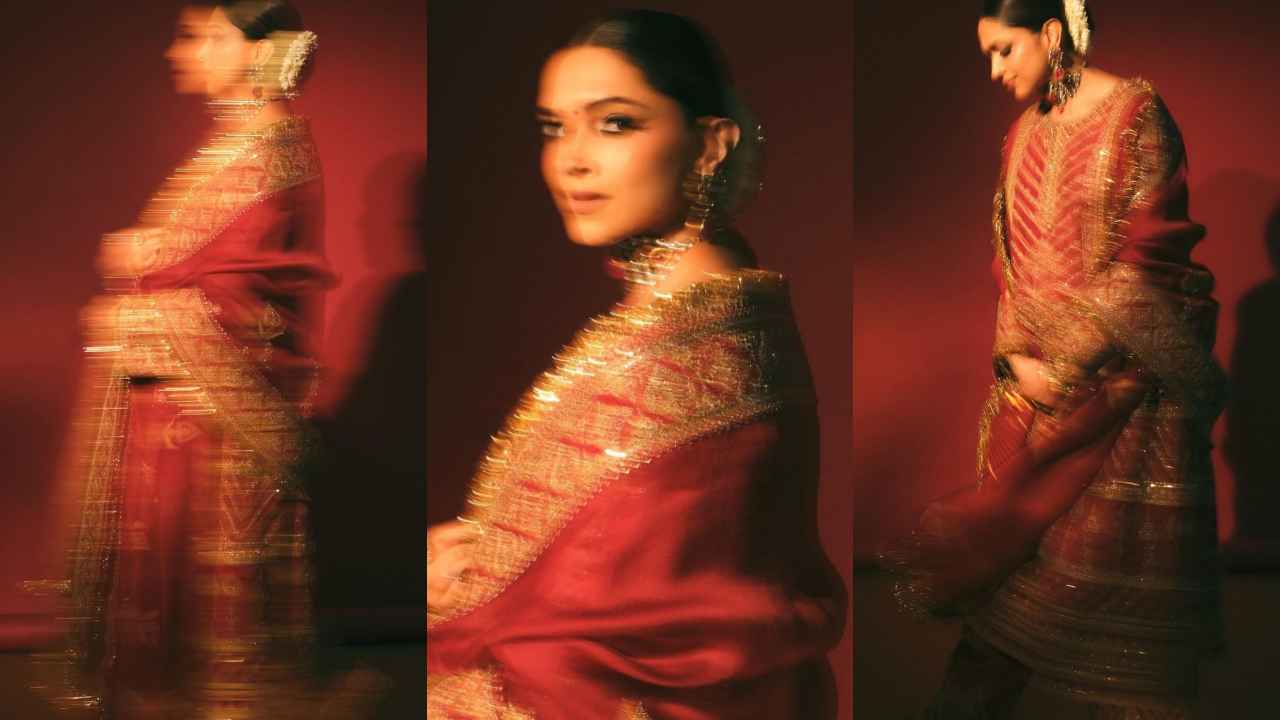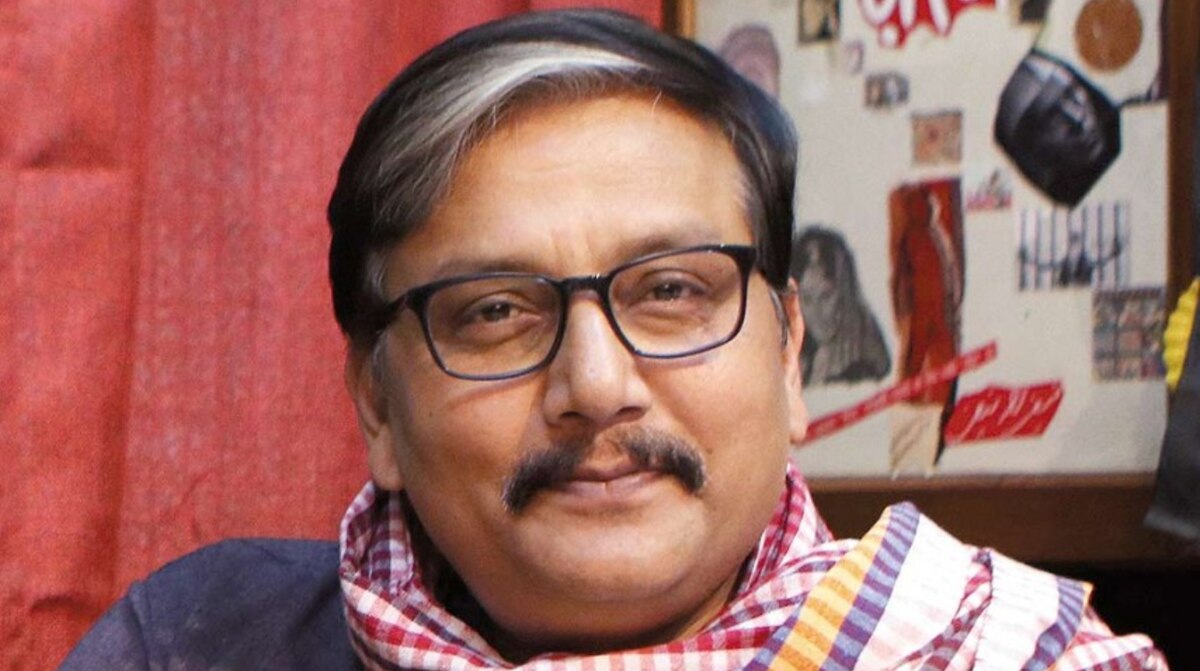Himachal Pradesh, nestled in the lap of the Himalayas, is renowned not only for its scenic beauty but also for its rich cultural heritage, which is beautifully reflected in the state’s traditional attire. The people of Himachal wear clothing that is both functional for the cold mountainous climate and symbolic of their vibrant customs.
The traditional dress of men in Himachal Pradesh includes the Chola, a long woolen coat, often worn with a Suthan (loose-fitting trousers), and a colorful Pahari cap, also known as the Kullu cap, which is adorned with intricate embroidery. The cap is a significant cultural symbol, representing different regions of the state by its design and color.
For women, the traditional outfit consists of the Pattoo, a long woolen wrap, draped around the body to provide warmth. It is paired with a Ghagra (long skirt), Choli (blouse), and a headscarf called Thipu or Dhatu, which is worn to protect against the cold winds. Women also accessorize their attire with silver jewelry, including necklaces, bangles, and earrings, which hold both aesthetic and cultural importance.
Each district in Himachal Pradesh has its own variation of traditional clothing, with distinct patterns, colors, and styles. For example, the people of Kullu are known for their colorful Kullu shawls, which are handwoven with intricate designs, while the Gaddi community from Kangra often wears white woolen cloaks with black borders, called Chola Dora.
The traditional dress of Himachal Pradesh is not only worn during festivals and weddings but also as everyday attire in many rural areas, symbolizing the deep connection of the people to their roots. As the state continues to modernize, efforts are being made to preserve this cultural heritage, with traditional attire playing an integral role in local festivals, fairs, and cultural celebrations.
Himachal’s traditional dress is more than just clothing; it is a reflection of the state’s identity, passed down through generations, and proudly worn by its people as a mark of their enduring heritage.






